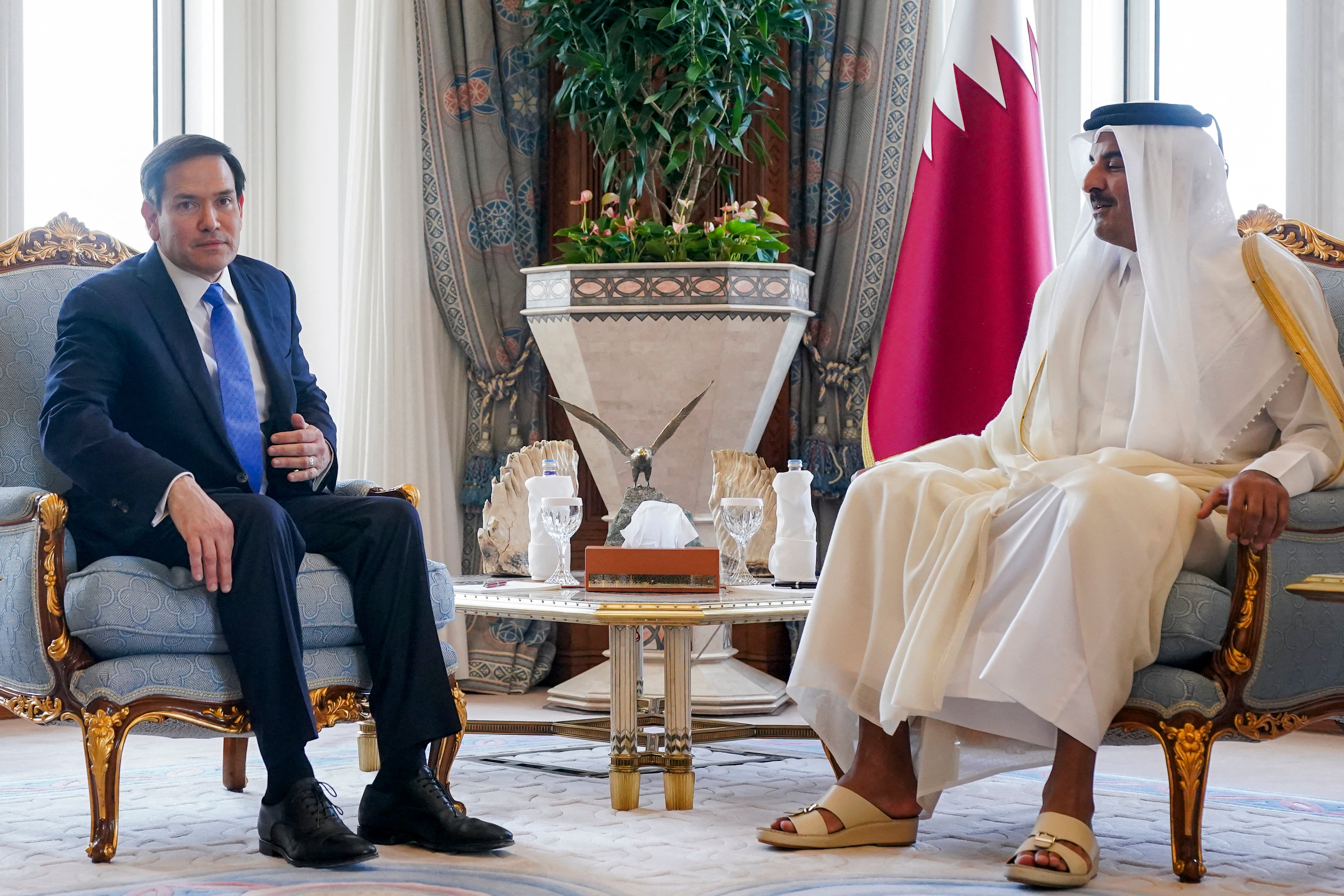Saudi Arabia and Pakistan have formalized a mutual defense agreement, signaling a strategic shift in regional security as Gulf states reassess their reliance on American protection. This partnership underscores the changing dynamics in the Middle East and South Asia, with implications for military cooperation, diplomacy, and geopolitical balance.
The deal between the two countries comes amidst elevated regional pressures and changing international partnerships. Saudi Arabia, an influential force in Gulf affairs, has typically depended on the United States for security assurances, especially concerning risks from Iran and other local players. Nevertheless, recent doubts about U.S. involvement in the Middle East have led Riyadh to seek new alliances to bolster its defense resources. Pakistan, with its significant military framework and history in regional disputes, appears as a suitable ally in this scenario, providing both personnel and strategic know-how.
Motivaciones estratégicas detrás del acuerdo
The mutual defense agreement indicates a shared interest between Riyadh and Islamabad. For Saudi Arabia, this pact offers access to skilled military personnel, collaborative exercises, and potential synchronization in defense planning, decreasing dependency on external parties. It also acts as a geopolitical message to the region and the globe, showing that Gulf countries are pursuing varied security strategies amid evolving US policies and perceived uncertainty in Washington’s commitments.
For Pakistan, the deal presents opportunities for increased influence in Gulf affairs, economic collaboration, and strategic partnerships beyond South Asia. Islamabad has historically maintained close military and political ties with Gulf states, but the formalization of a defense pact elevates this relationship, positioning Pakistan as a significant player in regional security architecture. Analysts suggest that this partnership may also involve intelligence sharing, joint counterterrorism initiatives, and military training programs, strengthening both countries’ defense readiness.
The importance of the agreement’s timing is notable. Recently, US focus has been shifting more towards the Indo-Pacific, causing some Gulf nations to doubt the steadiness and dependability of US backing. Despite America still keeping military forces in the area, changing foreign policy goals and internal political factors have heightened worries about enduring security assurances. As a result, the Saudi-Pakistani agreement can be interpreted as a strategic step to prepare for possible lapses in US involvement.
Effects on regional stability
The mutual defense treaty holds both immediate and lasting impacts on the stability of the region. It could serve as a deterrent to external threats, indicating to opponents that Saudi Arabia and Pakistan stand ready to tackle security issues together. Amidst the ongoing strains with Iran, the civil strife in Yemen, and security concerns in the Gulf waters, this agreement might improve military collaboration and preparedness for operations.
Nonetheless, the treaty might also lead to changes in regional partnerships. Competing nations could interpret the deal as a shift in power balance, causing adjustments in military strategies, foreign policies, and financial commitments. Experts caution that although it can fortify two-sided relations, the agreement needs to be skillfully handled to prevent increasing tensions or sparking an arms race, especially in an area already known for intricate geopolitical competitions.
The pact may also influence the role of multinational organizations and alliances. Cooperation between Saudi Arabia and Pakistan could intersect with Gulf Cooperation Council initiatives, UN peacekeeping efforts, and broader international security frameworks, creating opportunities for joint engagement in multilateral settings. Coordination in these forums can reinforce legitimacy, provide operational support, and enhance diplomatic influence for both countries.
Economic and military dimensions
Beyond defense, the agreement carries economic and logistical implications. Joint military exercises, procurement of defense equipment, and technology transfers can stimulate economic cooperation and create avenues for shared investment. Saudi Arabia may benefit from Pakistan’s experience in military technology and training, while Pakistan could secure defense contracts, funding, and infrastructure development opportunities.
The military aspects of the agreement could involve stationing forces, setting up training centers, and merging command systems for joint responses. Although details are mostly kept secret, analysts point to the agreement as a sign of dedication to mutual strategic goals and improved working compatibility. Such collaboration not only boosts defensive strength but also communicates a signal of cohesion and toughness to outside viewers.
Furthermore, the agreement might have secondary impacts on the security of energy in the region. The oil and gas facilities in the Gulf are crucial for international markets, and this deal could enhance security measures, guaranteeing uninterrupted production and exports. Stability in these areas advantages not only the countries involved but also global partners and investors depending on consistent energy supplies from the area.
International implications and worldwide scenario
The pact between Saudi Arabia and Pakistan may recalibrate diplomatic dynamics, both regionally and globally. It demonstrates the willingness of Gulf states to explore strategic partnerships beyond traditional Western alliances, signaling an era of diversified security arrangements. This shift may encourage other nations to pursue similar agreements, emphasizing self-reliance, regional collaboration, and multilateral engagement.
For the United States, the development represents both a challenge and an opportunity. While the pact indicates that Gulf states are hedging against overdependence on US military support, it also opens pathways for the US to engage with new regional frameworks, potentially facilitating trilateral cooperation or joint exercises that include American forces. Diplomatic efforts may focus on ensuring alignment of objectives while respecting the autonomy of Gulf states in their defense decisions.
Worldwide, the deal might influence power relations in South Asia, the Middle East, and the wider scope of global interactions. Seeing Pakistan as a central ally in Gulf security, its strategic impact grows, possibly affecting talks, partnerships, and efforts to resolve conflicts in nearby areas. Analysts point out that this setup might also impact global defense markets, agreements in the arms trade, and regional military purchasing plans.
A complex strategy
As Saudi Arabia and Pakistan put their shared defense agreement into effect, attention will center on putting the pact into action, improving combined capabilities, and preserving equilibrium within regional intricacies. Both countries must steer through difficulties like synchronizing military actions, merging intelligence systems, and handling community perceptions. Achievement will hinge on effective communication, unified strategic goals, and compliance with the legal and diplomatic principles that steer international security partnerships.
El acuerdo pone de relieve tendencias más amplias en la geopolítica mundial, como la diversificación de alianzas de seguridad, la reevaluación de alianzas tradicionales y el énfasis en la autosuficiencia regional. A medida que los estados del Golfo se adaptan a los cambios en el panorama estratégico, colaboraciones como el acuerdo de defensa entre Arabia Saudita y Pakistán podrían volverse más frecuentes, reflejando prioridades cambiantes en preparación militar, estabilidad económica e influencia diplomática.
Ultimately, the agreement serves as a reminder of the complex interplay between national security, regional alliances, and global diplomacy. By strengthening their defense relationship, Saudi Arabia and Pakistan not only address immediate security concerns but also contribute to shaping a new era of strategic partnerships, where flexibility, collaboration, and proactive engagement define the contours of regional stability.




